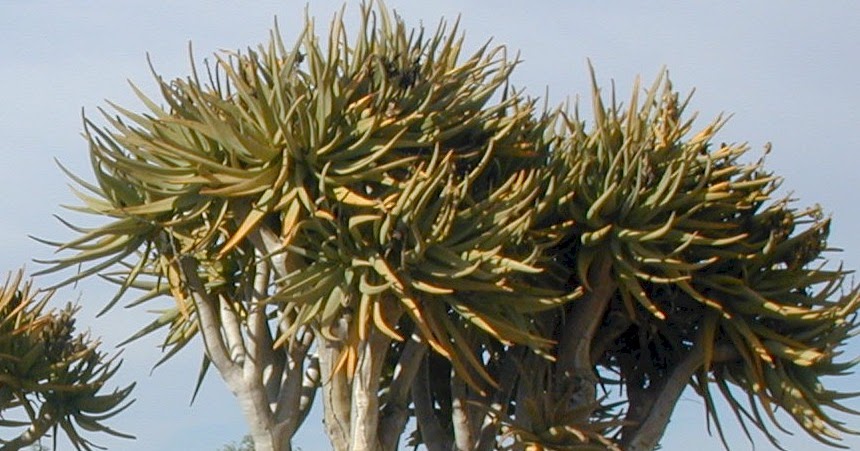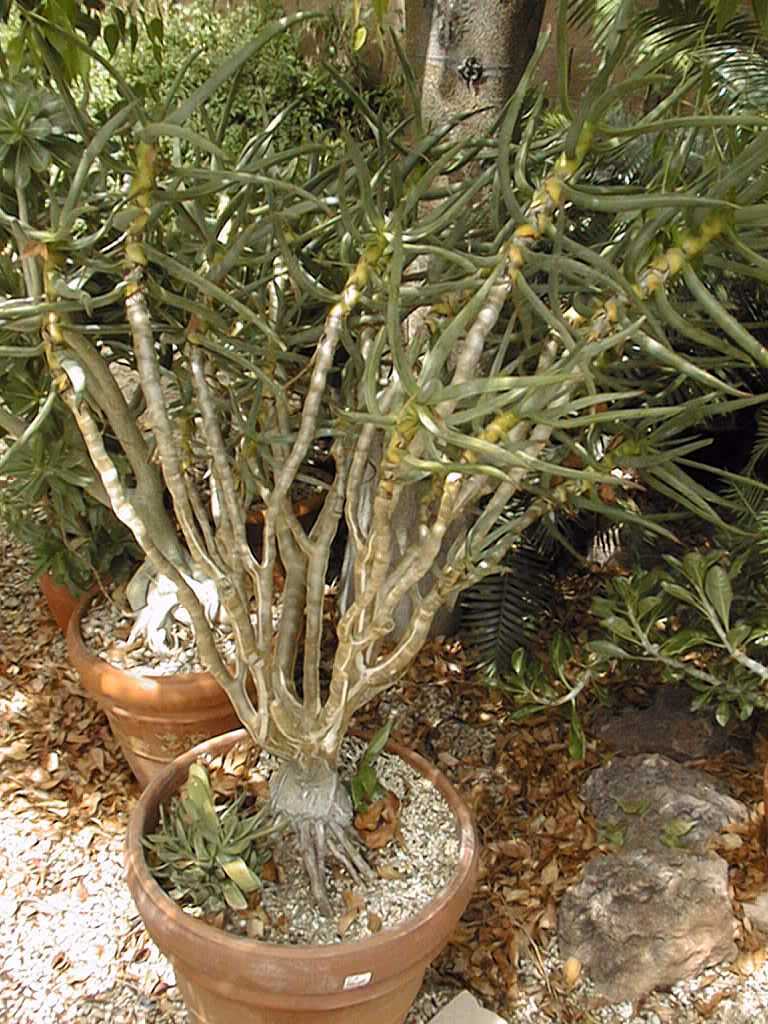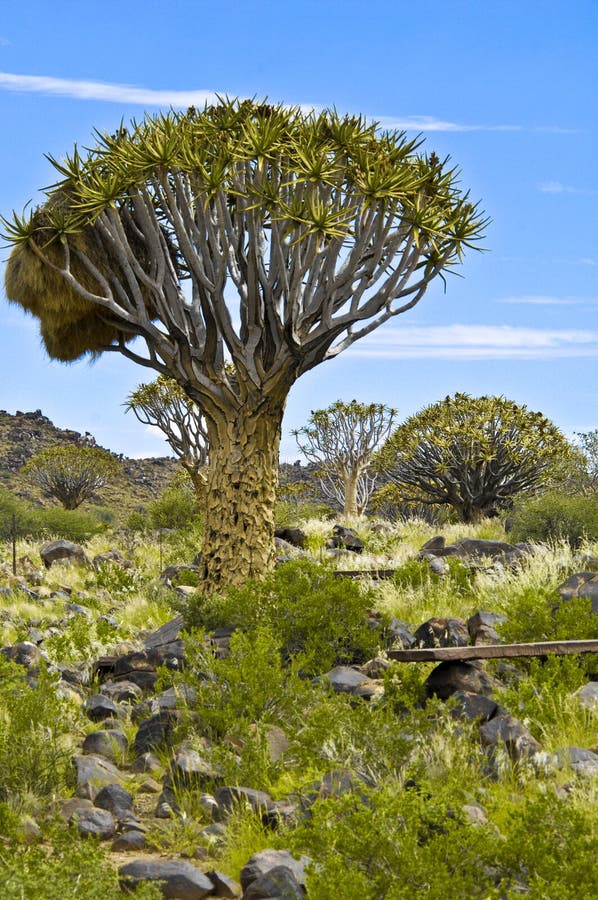
This has resulted in large tracts of unspoiled dune and mountain landscapes and is considered a wilderness area. The Sperrgebiet National Park is enclosed in a Protected Diamond Area, which has been closed to the public since 1910, with the lease expiring in 2020. Formal reserves include the Richtersveld National Park, where nomadic herders graze livestock, Ai-Ais Hot Springs National Park, Namaqua National Park, and the Goegab Nature Reserve. Large areas of the higher and hence wetter areas of the Namaqualand-Namib Domain have also been converted for agriculture. Large tracts of the ecoregion are still fairly intact, in spite of general overgrazing. Of the birds, only one is strictly endemic, Barlow’s lark which occurs only in the Sperrgebiet region. Endemism is less pronounced among the bird and mammal faunas. Among the region’s reptiles, endemics include Namaqua thick-toed gecko and Meyer’s legless skink. The fauna of the ecoregion has a rich complement of endemics, especially among the arachnids, hopliniid beetles, aculeate Hymenoptera, and reptiles. Included in this center are lichen fields that have the highest cover, density, and diversity of lichens in the world. This area is home to about 355 endemic plant species, and three endemic genera, namely Juttadinteria, Dracophilus, and Arenifera. Image credit: Julies Ruckert, Creative Commons The Gariep Centre encompasses the Richtersveld and extends northwards into Namibia’s Sperrgebiet. Levels of plant endemism are extremely high. Tree richness is poor, comprising only 35 species, but this paucity is offset by presence of charismatic endemics such as bastard quiver tree, quiver tree, and halfmens. Another outstanding feature is the high diversity of geophytes or bulblike plants.

The major families contributing to this group are Mesembryanthemaceae, Crassulaceae, and Aloaceae. By far the most distinctive feature here is the diversity of succulents, especially dwarf and contracted leaf species. The ecoregion belongs to the world’s only plant hotspot that is entirely arid. The Namaqualand-Namib Domain is part of the Namaqualand Metamorphic Province, comprising granites and gneisses that are from 1 to 2 billion years old.

Precipitation is supplemented by heavy dewfalls and fog. This domain receives annual rainfall ranging from 20 mm in the drier northwest to more than 400 mm in the escarpment zone, but the most of the area receives less than 150 mm. The climate is mild compared to other arid areas where frosts are extremely rare. Rainfall is reliable and predictable, falling mostly in winter, and prolonged winter droughts are rare. It encompasses the fog-affected coastal plain and adjacent escarpment in the west, and receives most of its rain in the winter.

It comprises the major biogeographical domain, the Namaqualand-Namib. The ecoregion extends down the western coast of Namibia from the town of Lüderitz and into South Africa.

The flagship species of the Namaqualand-Richtersveld Steppe ecoregion is the quiver tree. The trees inhabit dry, rocky areas and have a life span of approximately 200 years, but they are currently threatened by agricultural expansion, overgrazing, mining, and climate change. The succulent leaves and stem of the quiver trees have special water-storing tissue enabling the tree to withstand long periods of drought conditions. The quiver tree, belonging to the genus Aloe, is essential to the local ecosystem of the Namaqualand-Richtersveld Steppe ecoregion as it provides vital moisture for a range of mammals, birds, and insects.


 0 kommentar(er)
0 kommentar(er)
